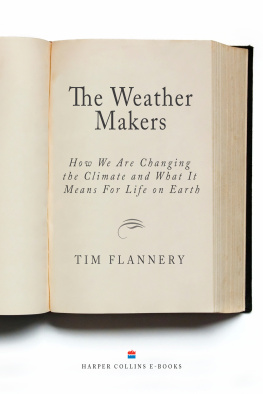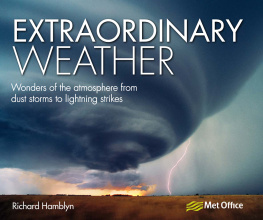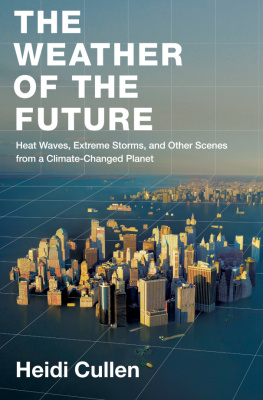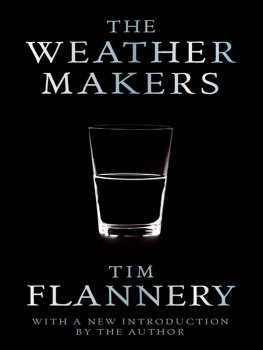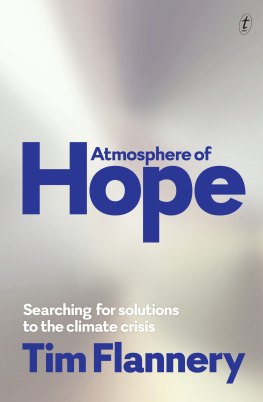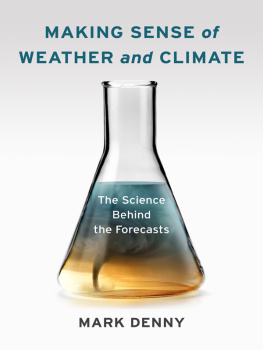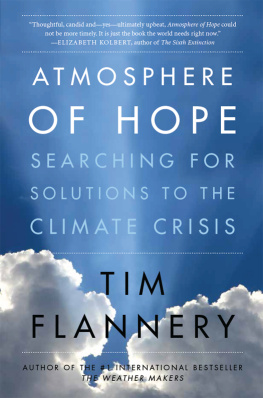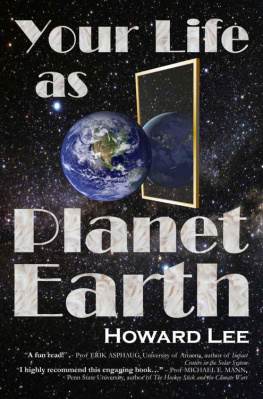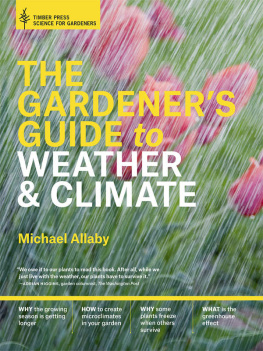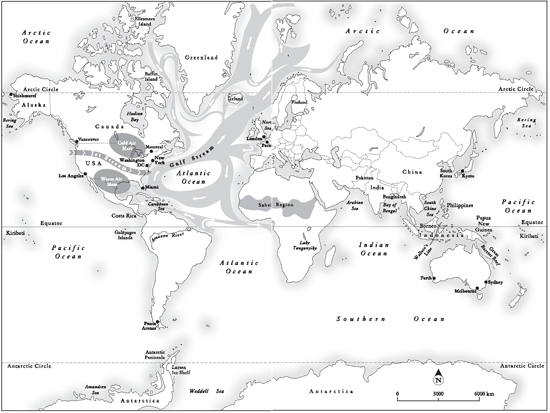In 1981, when I was in my mid-twenties, I climbed Mt. Albert Edward, one of the highest peaks on the verdant island of New Guinea. Although only 120 kilometres from Papua New Guineas national capital, Port Moresby, the region around Mt. Albert Edward is so rugged that the last significant biological work conducted there was by an expedition from the American Museum of Natural History in the early 1930s.
The bronzed grasslands were a stark contrast to the green jungle all around, and among the tussocks grew groves of tree-ferns, whose lacy fronds waved above my head. Wallaby tracks threaded from the forest edge to the herbfields that flourished in damp hollows, and the scratchings and burrows of metre-long rats and the traces where long-beaked echidnas had probed for worms were everywhere. Many of these creatures, I later discovered, were unique to such alpine regions.
Downslope, the tussock grassland ended abruptly at a stunted, mossy forest. A single step could carry you from sunshine into the dank gloom, where the pencil-thin saplings on the margin were so festooned with moss, lichens and filmy ferns that they ballooned to the diameter of my waist. In the leaf litter on the forest floor I was surprised to find the trunks of dead tree-ferns. Tree-ferns grew only in the grassland, so here was clear evidence that the forest was colonising the slope from below. Judging from the distribution of the tree-fern trunks, it had swallowed at least thirty metres of grassland in less time than it takes for a tree-fern to rot on the damp forest floora decade or two at most.
Why was the forest expanding? As I pondered the mouldering trunks I remembered reading that New Guineas glaciers were melting. Had the temperature on Mt. Albert Edward warmed enough to permit trees to grow where previously only grasses could take root? And, if so, was this evidence of climate change? My doctoral studies were in palaeontology, so I knew how important changes in climate have been in determining the fate of species. But this was the first evidence Id seen that it might affect Earth during my lifetime. The experience left me troubled; I knew there was something wrong, but not quite what it was.
Despite the good position I was in to understand the significance of these observations, I soon forgot about them. This was partly because, as I studied the various ancient ecosystems that our generation has inherited, seemingly bigger and more urgent issues demanded my attention. And some of the crises did seem dire: the rainforests that I was studying were being felled for timber and to make agricultural land, and the larger animal species living there were being hunted to extinction. In my own country of Australia rising salt was threatening to destroy the most fertile soils, while overgrazing, degradation of waterways and the logging of forests all threatened precious ecosystems and biodiversity. To me these were the truly pressing issues.
Whether we are crossing the road or paying the bills, it is the big, fastmoving things that command our attention. But seemingly large issues sometimes turn out to be a sideshow. The Y2K bug is one such example. Around the globe many governments and companies spent billions to prepare themselves against the threat, while others spent nothing; and yet 1999 gave way to 2000 with barely a hiccough, let alone an apocalypse. A sceptical eye is our greatest asset in dealing with this type of problem. And deep scepticism has a particularly important role to play in science, for a theory is only valid for as long as it has not been disproved. Scientists are in fact trained sceptics, and this eternal questioning of their own and others work may give the impression that you can always find an expert who will champion any conceivable view.
While such scepticism is the life blood of science, it can have drawbacks when society is called on to combat real dangers. For decades both the tobacco and asbestos industries found scientists prepared publicly to be doubtful about discoveries linking their products with cancer. A non-specialist cannot know whether the view being presented is fringe or mainstream thinking, and so we may come to believe that there is a real division in the scientific community on these matters. In the case of asbestos and tobacco, the situation was made worse because cancers often appear years after exposure to carcinogenic products, and no one can say for certain just who, among the many exposed, will be struck down. By creating doubt about the link between their products and cancer, the tobacco and asbestos companies enjoyed decades of fat profits, while millions of people met terrible deaths.
And many people have reacted with rightful caution to news about climate change. After all, we have in the past got things badly wrong.
In the 1972 publication The Limits to Growth, the Club of Rome told us the world was running out of resources and predicted catastrophe within decades. In an era of excessive consumption this imagined drought of raw materials gripped the public imagination, even though no one knew with any degree of certainty what volume of resources lay hidden in the earth. Subsequent geological exploration has revealed just how wide of the mark our estimates of mineral resources were back then, and even today no one can accurately predict the volume of oil, gold and other materials beneath our feet.
The climate change issue is different. It results from air pollution, and the size of our atmosphere and the volume of pollutants that we are pouring into it are known with great precision. The debate now, and the story I want to explore here, concerns the impacts of some of those pollutants (known as greenhouse gases) on all life on Earth.

